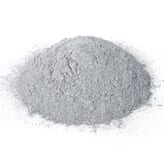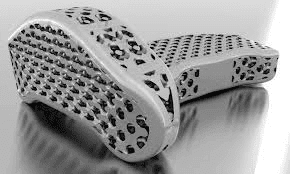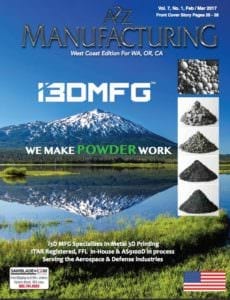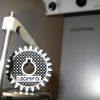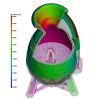Is DMLS Metal Powder the Real Thing?
Is DMLS Metal Powder the Real Thing?
The short answer is YES. The longer version is, that DMLS powder performance is highly dependent on the expertise of the machine operator and 3D engineering design. i3D™ Manufacturing specializes in DMLS powder performance and applications. As the EOS Material Process Applications (MPA) partner, i3D™ is proactive in using open parameter sets on its machines to achieve varying densities, analyze layer performance, and optimize part quality. Densities can range to nearly 100% allowing for post process of DMLS metal parts in all of the same ways machined and cast parts are treated.
Not all DMLS Powders are Created Equal
Uniform particle size and shape is the ultimate goal. Making sure that your DMLS provider knows the atomization process and resulting powder quality of their materials is a critical question. Read about AMA’s process. Ask the provider how they sieve their powders between builds. It makes a big difference in the quality of the part. Also ask about the material change-over procedures and powder storage conditions. Keep in mind, junk in, junk out. Below is a list of stock metal powders i3D™ uses. We also work with custom DMLS powder creation and applications such as Monel K 500 and Ti 6-2-4-2.
Aluminum (AlSi12) – better flow through the machine and very little residual Si. Great for thermal properties and weight considerations. Equivalent to 6061 billet. Fastest building and most cost effective material.
Titanium (Ti64) – i3D™ mastered DMLS titanium and recommends it for weight reduction and strength considerations. No waste 3D printing makes Titanium a highly cost effective DMLS material.
Inconel 718 – Widely used for aerospace applications. Highest reflectivity with excellent strength and corrosion resistance. Medium build speed with properties much like steel.
Stainless Steel (15-5, 17-4 & 304) – Strong and great corrosion resistance. The one draw back is that steel has a slow build time and is often a less cost effective option.
Maraging (tool) Steel – Hardens to 58 HRC after heat treat. Excellent choice for mold tool and production tool needs.
